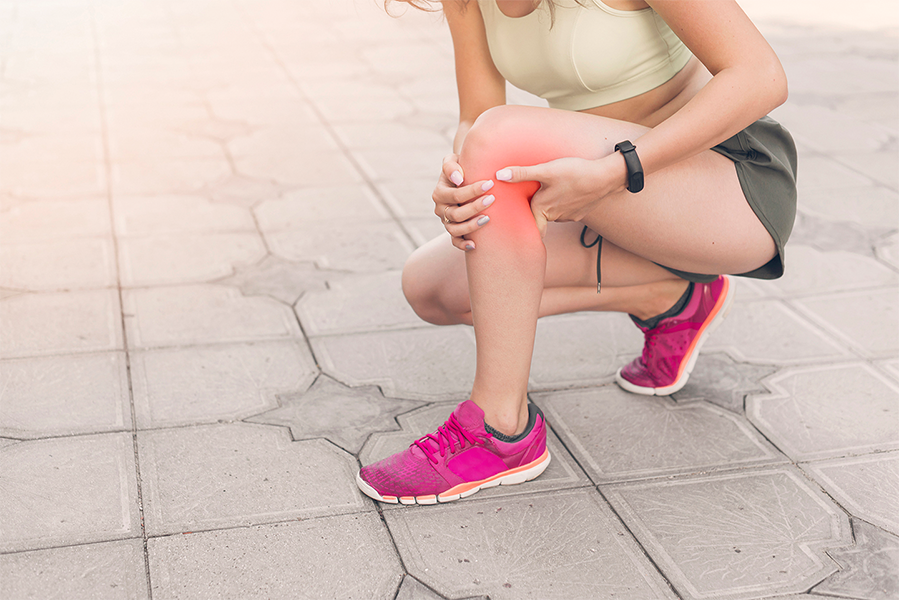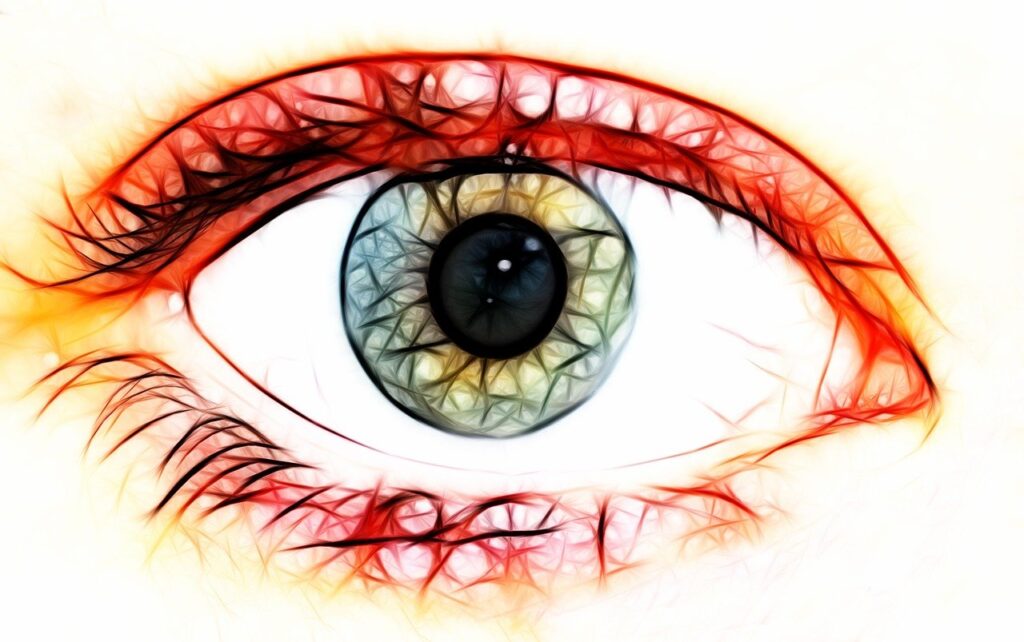INJURIES!
Whether a seasoned athlete or a weekend warrior, we all have inadvertently hurt ourselves along the way. Even minor injuries have the ability to derail a fitness program if not handled properly from the get-go.
Perception is also part of the challenge: some people have enormously high pain thresholds and have been encouraged to push through pain. Others are much more aware when something goes wrong or hurt and tend to not move at all, which in some circumstances may be a mistake.
Fractures, tears and sprains: These have to heal before bearing weight or adding extra movement to an already damaged area. It’s almost easier with a fracture: bone is usually immobilized, and you could not move it if you wanted to! Soft tissue injury, such as muscles, cartilage and ligament/tendons are much harder to assess, as the degree of pain may vary from day to day and is not always an indicator of the severity of the injury.
A few suggestions for handling minor injuries follow, but note that none of this is to substitute for a medical visit if things seem to be getting worse or not improving:
1. Acute injury – Rest and ice. In the first 24 hours, ice packs for 10-15 minutes every couple of hours can help greatly with swelling and pain.
- Arnica, both the gel and under-the-tongue tabs can be used. These are considered homeopathic remedies, meaning that they are not like traditional medicines. They have no side effects whatsoever, they either work or they don’t.
- Anti-inflammatories, such as ibuprofen, can be used for both pain and inflammation, but if they are not working or helping, more thorough assessment may need to be done. A tear or rupture of a tendon or cartilage may not show up initially but failure to improve after a few days is a sign that more may be damaged than meets the eye.
- Rest cannot be overstated. Pushing through in the acute injury stage may turn a minor injury into a much more serious or chronic one.
2. Chronic pain – These can be from surgery, from overuse that just did not get better, or from a degenerative process, such as arthritis.
- Assessment – This is where biomechanics is so very important. A simple example: for those who bike regularly, look at everything from bike seat height, to position of feet on the pedals. In weight lifting, are there certain positions of posture that are causing undue strain to various joints or back or muscle groups. Runners may need specific shoes or inserts to correct foot position. Physical or sports therapy groups often offer these types of evaluations and may set up a series of exercises to compensate for certain weaknesses in the body
- Variability of work out routines – If always a runner and now arthritis has set in the knees, then finding an alternate type of workout may be necessary, if not always at least to create some variety.
As I jump into treatment options, bear in mind, always, that the foundations of health are good diet, proper hydration, and good basic supplementation as described in previous articles.
Helpful adjuncts for treatment may include the following, all products mentioned may be found in my Wellevate store.
- Nontoxic anti-inflammatory treatments such as medicinal herbs. These are much safer than the ongoing use of prescription or over the counter anti-inflammatories, and while side effects can occur, they are extremely rare. Substances such as curcumin, Boswellia, and quercetin are all anti-inflammatory and may be taken even daily. One of my favorites is BCQ by Vital Nutrients. Start off taking 3 capsules 3 or 4 times a day for 7-10 days, then the amount can be reduced to just 1-2 daily as needed for maintenance.
- Topical treatments for injured tendons or cartilage, especially the homeopathic varieties, are extremely helpful. Boiron Arnica Gel may be applied 3 times daily to affected area.
- Vitamin B12 is amazingly helpful for bursitis, more so by injection than orally but again, there is no harm in using large quantities of this. Pure Encapsulations B12 drops, one dropperful daily. In the case of extreme bursitis can use 3 dropperfuls for 4-5 days, then reduce to one dropperful daily.
- Electrical or magnetic stimulation to the painful or injured area increases blood flow to the tissues, allowing healing. There are many of these devices on the market, some to be done at home, others in a practitioner’s office.
- Acupuncture is very helpful for some, less so for others, but also may vary hugely with the expertise of the practitioner
- Stimulate collagen production and utilization. One easy way is with bone broth, at least a cup a day. You can make yourself or purchase ready-made. Just remember for collagen utilization, you do need Vitamin C, 500-1000 mg twice daily. Advanced Connective Tissue Plus, one scoop in water daily.
- Supplements for healthy bone, joint, and cartilage health. There are many of these, depending on the nature of the problem, and they also can be taken on an ongoing basis without harm. For years the “go-to” was a blend of chondroitin and glucosamine, but recent research suggests that these may not be as effective as initially indicated. Hyaluronic Acid has shown great promise at restoring joint mobility and pain and lessening the deterioration. One cap 2 or 3 times daily for 10-14 days, then 1-2 caps daily thereafter has been an effective protocol.



